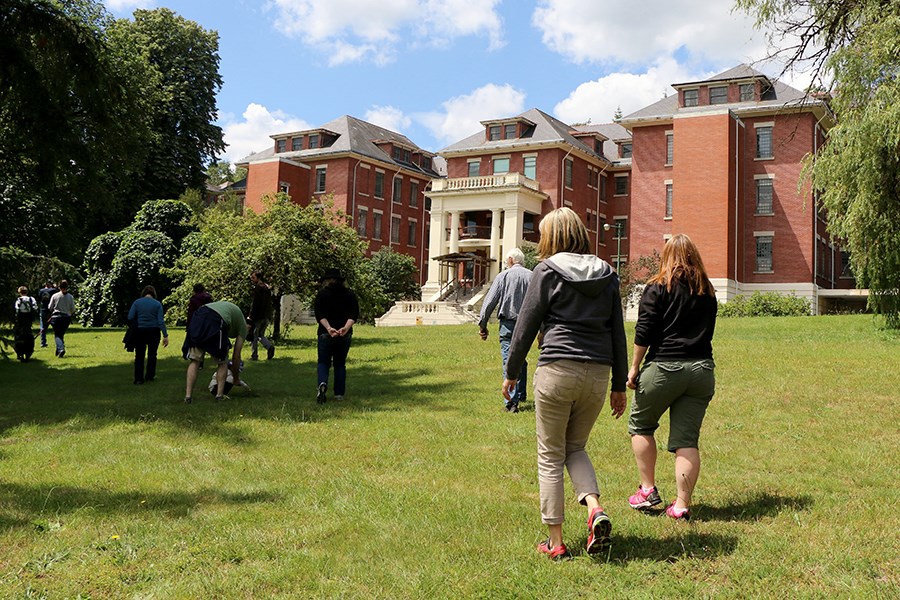The Editor,
Re. “A disturbing demolition on Riverview grounds” (Green Scene, The Tri-City News, June 24).
Elaine Golds ends her (as usual) excellent column regarding the provincial government’s re-purposing of the Riverview lands for uses other than mental health care in favour of massive real estate development by asking “What is the real reason behind the destruction of Riverview?”
The answer may be found, at least in part, in the back-up essays appended to the renewingriverview.com website at the time of the pretend public survey, in which mental health care is once again seen as best provided within communities. This “new” exposition of the same tired, old reason that services at
Riverview were shut down in the first place in the 1980s and ’90s, would have the province create a perfect, ideal community on Riverview lands within which the experiment of community enfolded mental health care could be set up and studied more intensively.
At the same time, hungry real estate developers could be satisfied, and gold will be heard clinking generously from that source into government coffers to fund the whole thing — no extra disbursement for mental health care required.
Why, as we Canadians like to say, it’s a win-win-win from coast to coast to coast, eh? The proposal even got support from a few mental health service organizations, after being (first?) promoted by some university professors, notably Julian Somers at SFU.
But here’s the hitch: For all the benefits community-based care may bring for large numbers of hospital-treated mentally ill clients, it will never meet the needs of another large group: those so severely mentally ill that they require longer-term institutionalized care than hospital-based wards can provide. For them, modernized Riverview buildings and approaches would indeed have been ideal. They are now shunted into no-man’s land.
And there’s a second hitch: Just as the first wave of depopulating Riverview enabled progressively worse government underfunding of that very same community-based care, resulting in the mentally ill now wandering our streets untreated for decades, so future governments will continue to be in a position to dole out symbolic dribs and drabs while still avoiding the major supports, resources and funding required to truly tackle this blight on our so-called civil, “families-first” society. And the ghosts will continue to wander our high-tech, 24-hour-monitored streets just as before.
The answer to Ms. Golds’ question is that the current projects act as a perfect smokescreen for continued minimal attention to what most governments and citizens would rather not see. Jesus apparently forgot to add “the mentally ill” to his prophetic dictum, “The poor you will have always with you.”
My question is: Why is there this deafening silence from the primarily affected municipalities? In particular from Coquitlam, after its well-publicized stance on Riverview lands?
Felix Thijssen, Coquitlam



